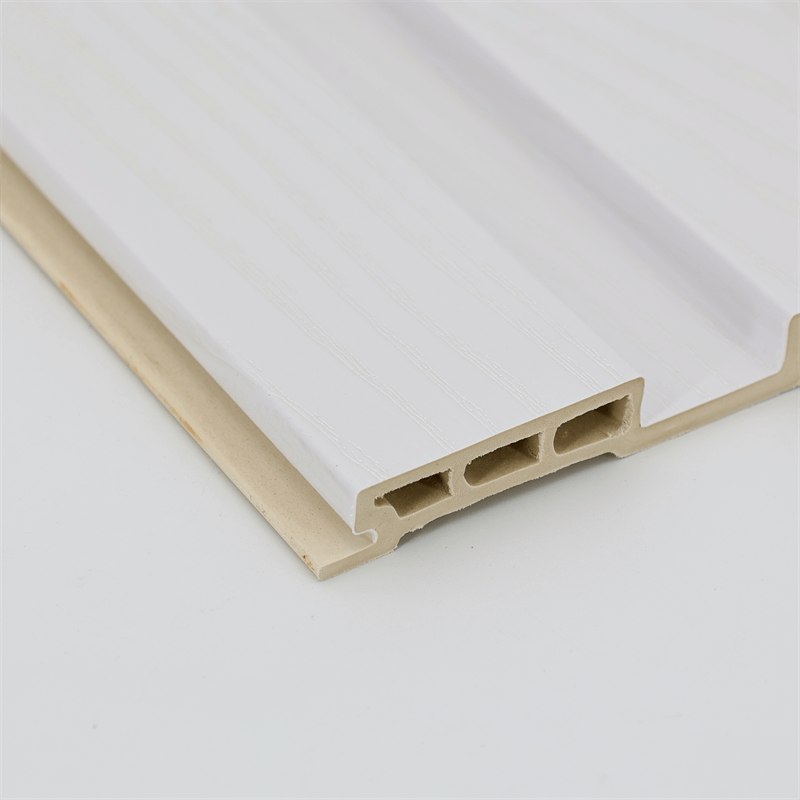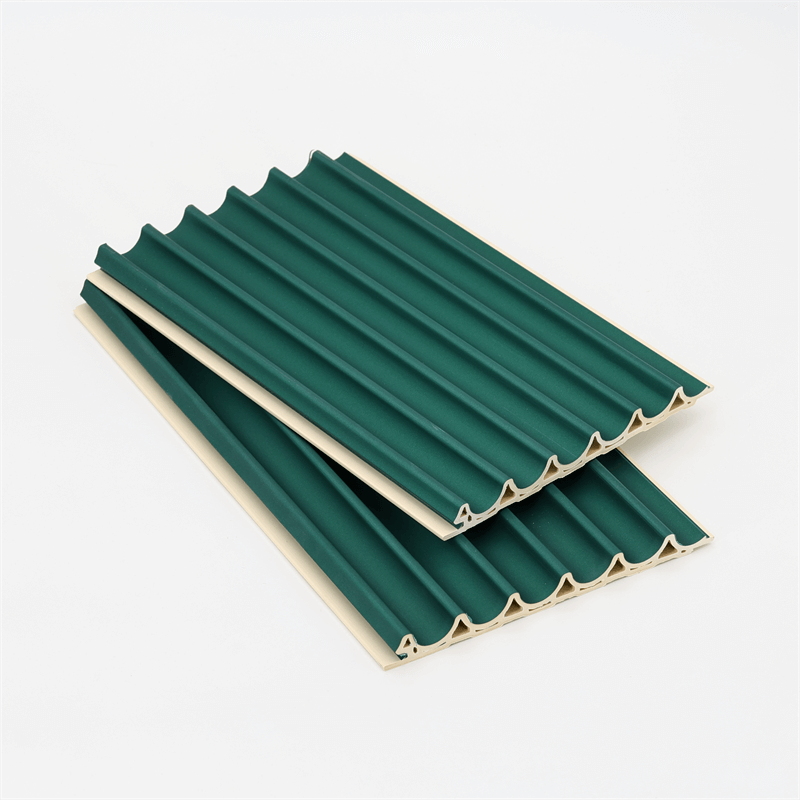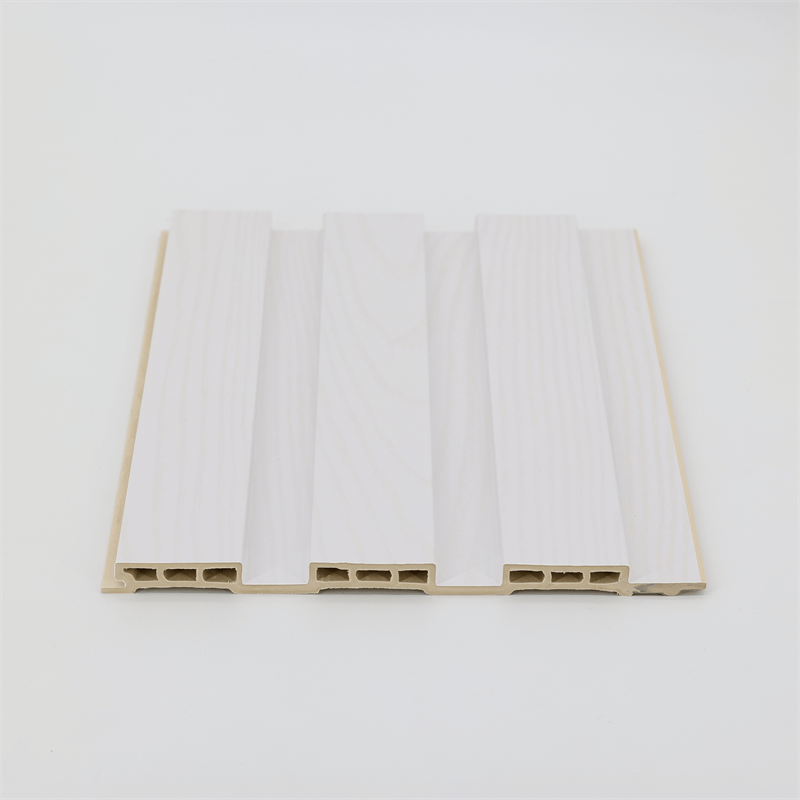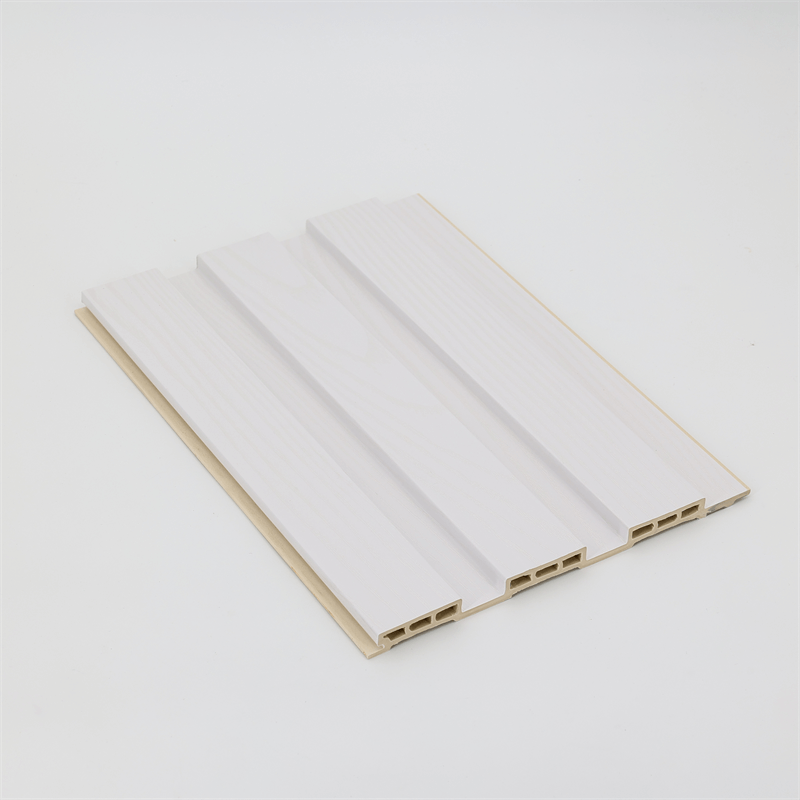Wall paneling has evolved significantly over the years, transitioning from traditional materials such as wood and stone to more innovative solutions.
One of the most notable advancements in wall paneling is the introduction of Wood-Plastic Composite (WPC) panels.
This essay explores the evolution of wall paneling, focusing on the emergence of WPC panels as a game-changer in the construction industry.
It delves into the advantages of WPC panels, their environmental sustainability, their design versatility, and their impact on the construction sector.
I. Advantages of WPC Panels:
Wood-Plastic Composite panels offer numerous advantages that have made them a preferred choice for wall paneling applications.
Firstly, WPC panels combine the best properties of wood and plastic, resulting in enhanced durability and resistance to various environmental factors such as moisture, rot, and termite infestation.
Additionally, WPC panels exhibit superior strength and dimensional stability compared to traditional materials, ensuring long-lasting performance.
The low maintenance requirements and ease of installation further add to their appeal, making them cost-effective in the long run.
II. Environmental Sustainability:
One of the key aspects of WPC panels that sets them apart is their environmental sustainability.
The panels are typically made from recycled wood fibers and recycled plastic materials, reducing the demand for virgin resources.
By utilizing recycled materials, WPC panels contribute to waste reduction and promote a circular economy.
Moreover, their production process consumes less energy and emits fewer greenhouse gases compared to traditional materials.
This eco-friendly aspect of WPC panels aligns with the growing global emphasis on sustainable construction practices.
III. Design Versatility:
WPC panels offer remarkable design versatility, enabling architects and designers to explore a wide range of aesthetic possibilities.
They can be manufactured in various colors, textures, and patterns, allowing for customized and creative applications.
WPC panels can mimic the appearance of natural wood or stone while providing the benefits of enhanced durability and easy maintenance.
This versatility enables the panels to seamlessly integrate into diverse architectural styles, whether it be contemporary, traditional, or eclectic.
IV. Impact on the Construction Sector:
The introduction of WPC panels has had a profound impact on the construction sector.
Firstly, their lightweight nature simplifies transportation and installation processes, reducing time and labor costs.
This makes them particularly suitable for both residential and commercial projects.
Additionally, the enhanced durability of WPC panels ensures longevity, reducing the need for frequent replacements and minimizing waste generation.
Their resistance to moisture and other environmental factors makes them suitable for interior and exterior applications, expanding their potential use in various construction projects.
The evolution of wall paneling has witnessed a significant shift with the introduction of Wood-Plastic Composite (WPC) panels.
The advantages offered by WPC panels, such as enhanced durability, environmental sustainability, design versatility, and their impact on the construction sector, make them a game-changer in the industry.
As the demand for sustainable and cost-effective construction materials continues to grow, WPC panels have emerged as a viable solution that combines functionality, aesthetics, and environmental consciousness.
The future of wall paneling is undoubtedly intertwined with the continued innovation and advancement of WPC panels, as they revolutionize the way we approach interior and exterior design in the construction industry.
In conclusion, the evolution of wall paneling has been marked by the emergence of Wood-Plastic Composite (WPC) panels as a game-changer in the construction industry.
The advantages offered by WPC panels, including enhanced durability, environmental sustainability, design versatility, and their impact on the construction sector, have positioned them as a preferred choice for wall paneling applications.

The durability of WPC panels surpasses that of traditional materials, thanks to their resistance to moisture, rot, and termite infestation.
This longevity translates to cost savings and reduced maintenance requirements, making them an economically viable option for both residential and commercial projects.
Furthermore, their eco-friendly composition, utilizing recycled wood fibers and plastic materials, contributes to waste reduction and promotes a sustainable approach to construction.
The design versatility of WPC panels opens up a world of possibilities for architects and designers.
With a wide range of colors, textures, and patterns available, they can seamlessly integrate into various architectural styles, enhancing the aesthetics of any space.
The ability to mimic the appearance of natural materials like wood or stone while offering superior performance characteristics further adds to their appeal.
In the construction sector, WPC panels have had a significant impact. Their lightweight nature simplifies transportation and installation processes, reducing time and labor costs.
Moreover, their resistance to environmental factors ensures long-term durability, reducing the need for frequent replacements and minimizing waste generation.
This not only benefits the construction industry but also contributes to sustainable development by conserving resources and reducing carbon emissions.
As the demand for sustainable and cost-effective construction materials continues to rise, WPC panels are poised to play an increasingly important role.
Their ability to combine functionality, aesthetics, and environmental consciousness positions them as a solution for the future of wall paneling.
As technology advances and innovation continues, we can expect further enhancements and refinements in WPC panel manufacturing, leading to even more versatile and efficient products.
In conclusion, the evolution of wall paneling towards the adoption of WPC panels reflects the industry’s commitment to sustainable practices and the pursuit of durable and visually appealing solutions.
With their myriad benefits, WPC panels are poised to shape the future of wall paneling, providing architects, designers, and construction professionals with an innovative and eco-friendly option that meets the demands of modern construction projects.

In conclusion, the evolution of wall paneling has witnessed a transformative shift with the introduction of Wood-Plastic Composite (WPC) panels.
These panels have revolutionized the construction industry by offering a combination of durability, environmental sustainability, design versatility, and cost-effectiveness.
WPC panels provide numerous advantages over traditional materials.
Their enhanced durability, resistance to environmental factors, and low maintenance requirements ensure long-lasting performance and reduce the need for frequent replacements.
Additionally, their eco-friendly composition, utilizing recycled materials, promotes waste reduction and supports sustainable construction practices.
The design versatility of WPC panels allows for endless creative possibilities.
They can be manufactured in various colors, textures, and patterns, enabling architects and designers to achieve their desired aesthetic visions.
Whether mimicking the look of natural wood or stone or exploring contemporary and innovative designs, WPC panels offer flexibility and customization options that traditional materials often lack.
Furthermore, WPC panels have had a significant impact on the construction sector.
Their lightweight nature simplifies transportation and installation processes, resulting in time and labor savings.
The long-term durability of these panels reduces maintenance costs and contributes to the overall sustainability of construction projects.
Their resistance to moisture and other environmental factors expands their application possibilities for both interior and exterior wall paneling.
As the demand for sustainable and cost-effective construction materials continues to grow, WPC panels are poised to play a crucial role in shaping the future of wall paneling.
Their ability to combine functionality, aesthetics, and environmental consciousness makes them an attractive choice for architects, designers, and construction professionals alike.
In conclusion, the evolution of wall paneling towards the utilization of WPC panels represents a significant advancement in the construction industry.
These panels have proven to be a game-changer, offering durability, sustainability, design versatility, and economic benefits.
As the industry continues to embrace innovation and sustainability, WPC panels are likely to become even more refined, providing an ideal solution for contemporary construction needs.


